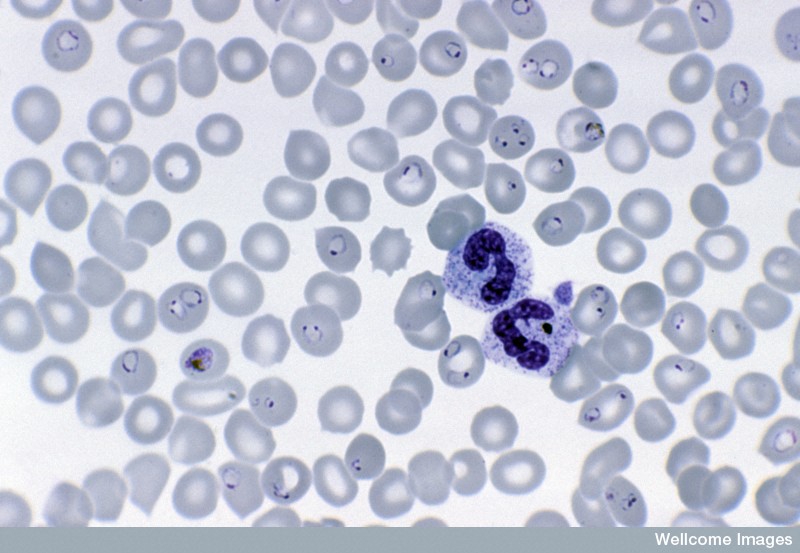PCE Data Interpretation Study Group
PCE Data Interpretation Study Group

Development of statistical methods to infer the relationship between the percentage of resistant infections, parasite clearance half-life and the proportion of treated individuals still positive on days one, two and three of treatment
Artemisinin resistance is currently characterised by a prolonged clearance of asexual parasites from the blood in the first days of treatment. Without a validated molecular marker it is currently impossible to determine whether an individual infection is resistant or sensitive. We hypothesize that the rate at which parasites are cleared, as estimated by the WWARN Parasite Clearance Estimator, is related to the probability of whether the infection is resistant and that this is a heritable trait. We will develop a statistical simulation model to define the relationship between the most likely underlying percentage of resistant infections, the proportion of treated individuals still positive on days one, two and three after treatment and the distribution of clearance half-lives during the emergence, spread and fixation phases of artemisinin resistance in a population of individuals infected with P. falciparum. Such analyses should allow us to estimate the level of the resistance in that population at the time of sampling and give an early warning of low levels of artemisinin resistance.
- Provide a tool, to estimate the most likely underlying percentage of resistant infections in locations where clearance half-lives have been estimated
- Provide a tool to rank locations where only daily data are available in order to estimate the likelihood of the presence of resistance to inform study-site selection for PKPD or more detailed clinical or molecular studies
- Provide a likelihood map of resistance based on the model results
- Estimates of individual clearance half-lives for all datasets analysed by the Parasite Clearance Estimator
- Data sets where parasiteamia was measured daily
- For the above datasets and for any others, any samples with the following information
- Sample size of the study
- Distribution of initial parasiteamia in each patient
- Time of treatment and of each sample taken for parasitemia measurement
- Percentage of patients still parasitaemic on day 1, 2 and 3
- Age of patient
- Treatment drugs received including, if available, manufacturer
- Indication of supervision of drug doses and timing.
- Serial parasite counts recording date and time of treatment and parasite measurement until complete parasite clearance; negative parasitaemia should be recorded as zero; and/or daily measurements of parasitaemia
- Study location and characteristics; treatment details, and, details of parasite counting method and quality assurance measures.
Any number of data files, in any format, may be uploaded. Study Group members must and log in to the WWARN website prior to uploading data by clicking the Contribute Data link at the top of each webpage. Contributors are must agree to the Terms of Submission before uploading data. More details about WWARN sharing data with WWARN and how WWARN will use data are available on the WWARN website. WWARN will standardize uploaded data sets according to the WWARN . Data sets will be pooled into a single database of quality-assured individual patient data.
The Study Group comprises participating investigators who contribute relevant data sets to the pooled analysis. Data sets remain the property of the investigator. The Study Group collectively makes decisions with respect to including additional studies, data analysis and plans for publication, in line with the WWARN Publication Policy. The Study Group will identify one or two people to coordinate activities including data analysis and drafting of publications for group review. It is proposed that Dr Lisa White lead the Study Group ad interim.
A full Statistical Analysis Plan (SAP) will be developed and approved by the Study Group to include:
- Mixed effects mixture models to explore the nature of the clearance half-life distributions by year and location. This method will infer:
- A distribution of half-lives associated with resistant infections
- A distribution of half-lives associated with sensitive infections
- A stochastic simulation model to explore the relationship between percentage of patients who are parasite positive on day one, two or three, the distribution of parasitaemia on admission, the sample size and the underlying percentage of artemisinin resistant infections
- Include adjustment for, if available, partner drug, molecular markers and other factors in the above analyses.
- Mixed effects mixture models to explore the nature of the clearance half-life distributions by year and location. This method will infer:
Data collection will close to new participants by the end of December 2014. Analysis Plan and outcomes will be circulated among all participants for feedback and approval prior to publication.
For further information, email Kasia Stepniewska (kasia.stepniewska@wwarn.org)

